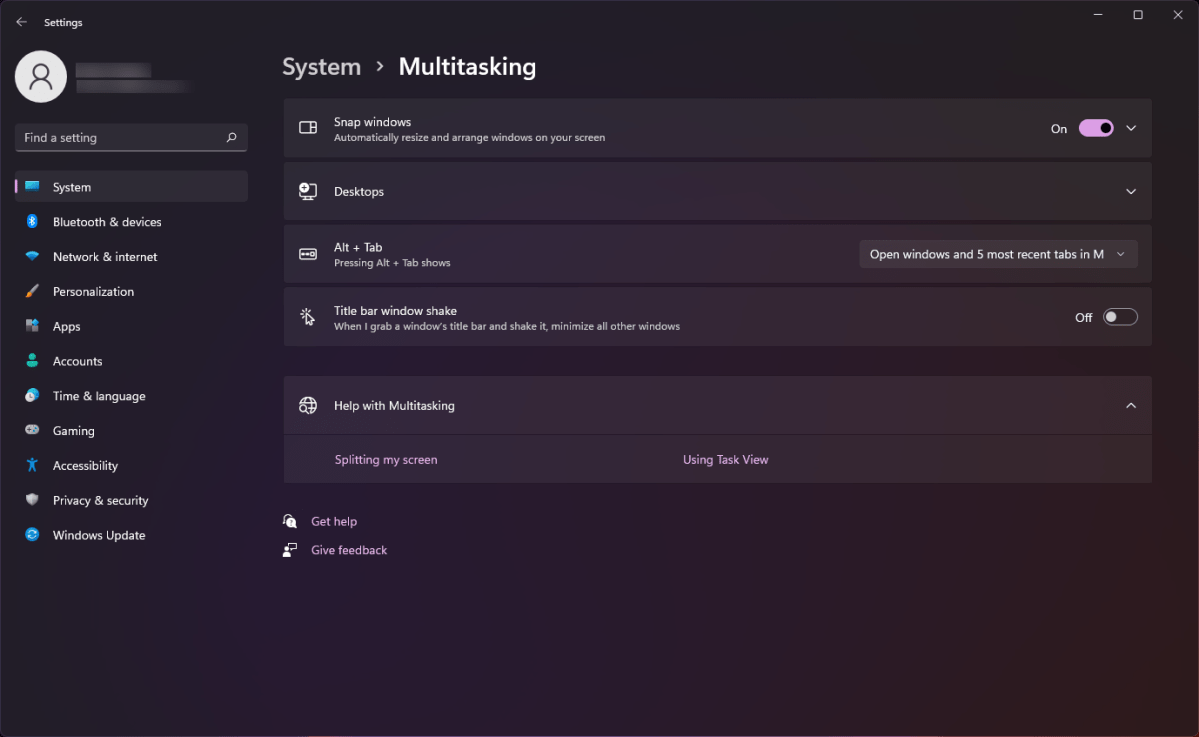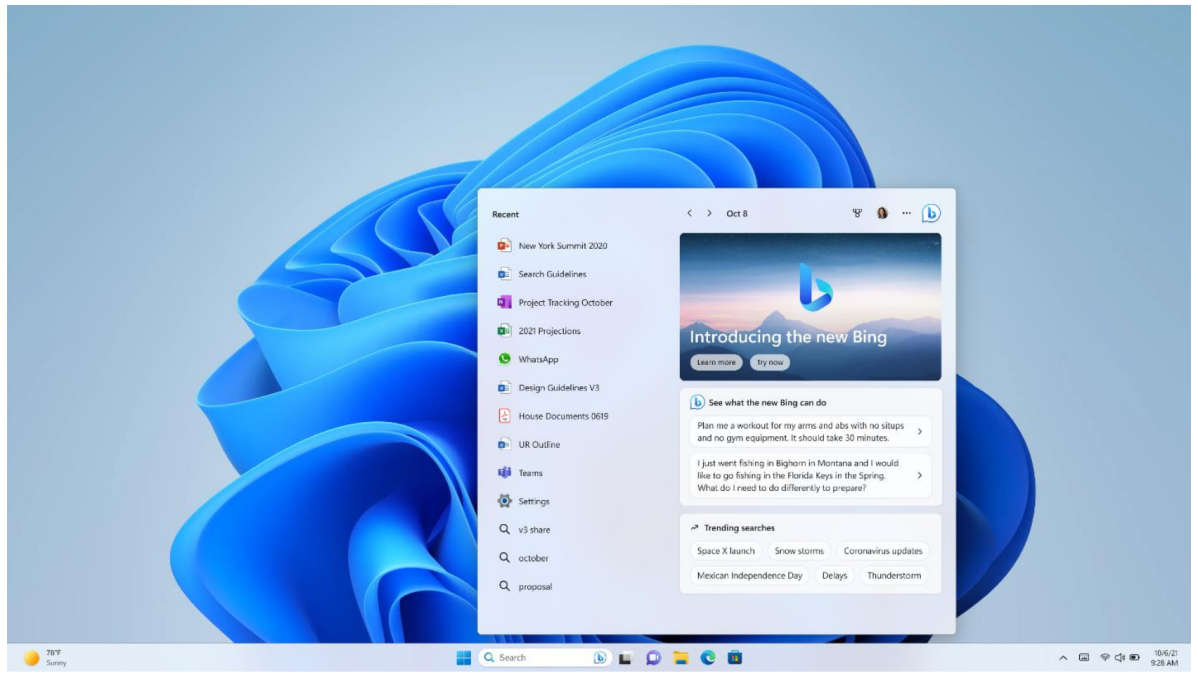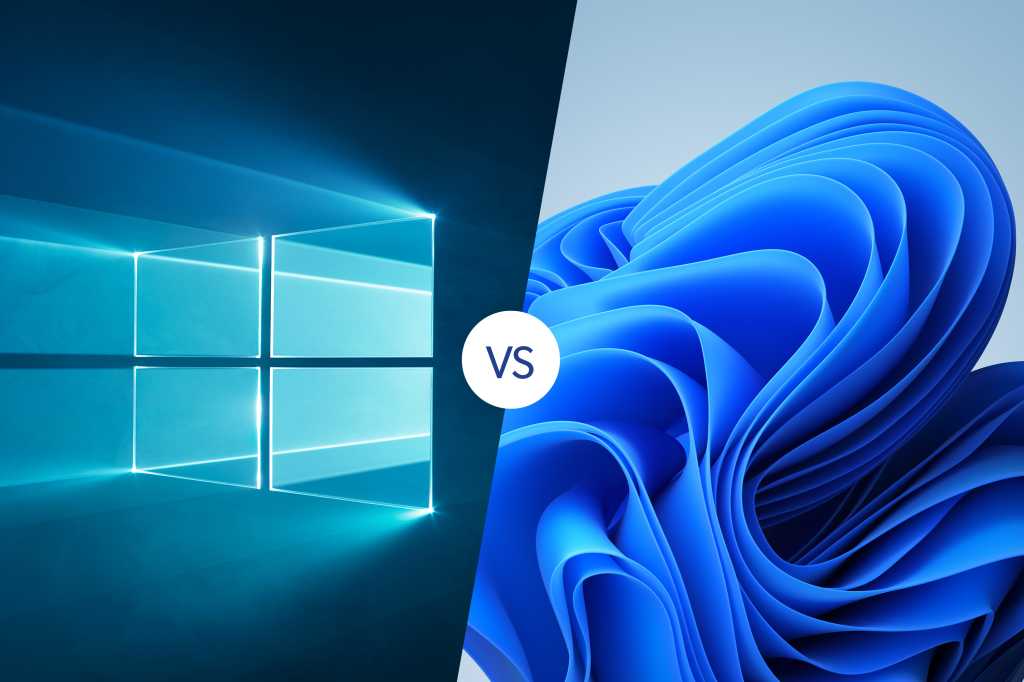As careers go, I have little to complain about. But I have to confess—there are parts of the job I like less than others. And Windows 11 is one of those things.
I don’t think it’s a bad operating system. That (dis)honor goes to Windows ME, with Vista as runner up. (Serving as tech support for my parents’ PC with Windows ME ranks among my least favorite periods of my life.) But even after a year and a half since Windows 11’s launch, I still find myself longing for Windows 10 whenever I make myself use Windows 11.
What makes Microsoft’s latest operating system a thing I tolerate between the weekday hours of 9 a.m. to 5 p.m.? It’s the collection of multiple low-grade annoyances I can’t easily evade. I won’t bore you with all the details—yes, the Windows 11 Start menu remains an annoying step backwards—but let me give you some examples of the biggest irritations.
Further reading: How to make Windows 11 look like Windows 10
Buried (or eliminated) controls
Windows 11 buries long-available features in a secondary context menu.
PCWorld
The user interface teams at Microsoft apparently did not listen any focus group feedback from my demographic, also known as the “Why the [censored] would you ever do that?” cohort. Last year I wrote about how Windows 11’s right-click menu sucks, but it’s still worth repeating 12 months later. For decades (literal decades), Windows offered action shortcuts like refresh through that context menu. Then in Windows 11, such mainstays abruptly got shunted off into a secondary right-click menu—what took one mouse click to find now takes two. And this is still the default, as is the neutering of the ribbon in File Explorer, which put a lot of other commands front and center.
Could I dig into the registry for every Windows 11 PC I spin up for work in order to “fix” these problems? Yes. Do I like messing with the registry? No.

PCWorld
Windows 11’s Settings menu options all look alike, and it drives me crazy. Don’t get me wrong, they’re pretty with those translucent blocks. But scanning them to quickly find the feature I want to tweak is murder on my brain, especially since some elements changed between Windows 10 and Windows 11. I assume I’m supposed to search to find things quickly, but it’s not actually faster when I have to first Google to identify the right search term, then type it it in.
Bugs

PCWorld
The Windows 11 machine I currently use most will inexplicably throw up a blank start menu from time to time. The search function will simultaneously go dead, too. I haven’t figured out why yet—in the grand scheme of things, rebooting every day or two isn’t horrific, and it takes less time than going through the standard troubleshooting steps. Still, I can’t always reboot immediately when it happens, leaving me to stew on the problem in the back of my head anyway. Is it Windows? Is it Windows reacting badly to apps I’ve installed? Am I going to have to nuke the whole thing and start over to solve this issue? The behavior is so strange for a PC that barely has any software on it.
You know what never does this to me? Windows 10.

Microsoft
Something about that centered cluster of start menu button and open apps throws me off any time I use a Windows 11 PC. I know that’s now a changeable setting. But I can’t really turn it off.
In my opinion, part of my job involves helping people who stick with defaults—whether that’s navigating them as-is or changing them to be less annoying. But I can’t know what those defaults are (and how they shift) if I’ve configured my machine to suit my taste and leave it that way.
So I leave everything as presented by Microsoft. It allows me to directly experience what many people will, so that I’m better equipped when dispensing advice. You can call me masochistic—and you wouldn’t be wrong—but when I get a text message from a friend or relative asking for assistance, the last thing I want is trying to remember what I left default and what I tinkered with as I’m talking them through their issue.
Meanwhile, I keep instinctively clicking left on my taskbar, thinking the Start menu button is there. Every dang time.
No local accounts

Mark Hachman / IDG
Look, Microsoft, you don’t know my life better than me. Do I agree that the signing in with a Microsoft account provides smart protections? Yes, especially since laptops are so popular these days—most people will benefit from device encryption and other features if their PC becomes lost or stolen. But do I want to sign in with a Microsoft account across countless computers for work and subsequently ending up with all kinds of random things syncing to it? Nope.
Windows 10 gently pushes users to sign in with an account, but there’s still at least that backdoor for folks like me to slip through. Windows 11 basically forces you to use a Microsoft account.
Let me live on the edge, Windows 11. I know what I’m doing.
Fixable, but broken
I’m about to have about fifteen bajillionty people swarm out of the woodwork and hit my mentions about how I could just tweak everything with some registry fixes or paid software. I know I technically could.
But let’s just back up a second. Leaving aside the legitimate reasons for why I can’t, as outlined above… Why do we need to tinker in the registry to bring back functionality that worked for decades? (I can’t stress this point enough. We had some of these user interface features for decades.) Or alternatively, having to pay for a piece of software that makes those adjustments and also adds back functionality we were used to?
It’s a philosophical sore spot for me, and one I think about whenever my Windows 11 start menu goes blank. Or I move my mouse to the left side of the taskbar without thinking. Each time, I sigh softly to myself and wish for Windows 10. If you, like me, can’t shake its grasp, it’s worth changing these five Windows 11 settings immediately.

